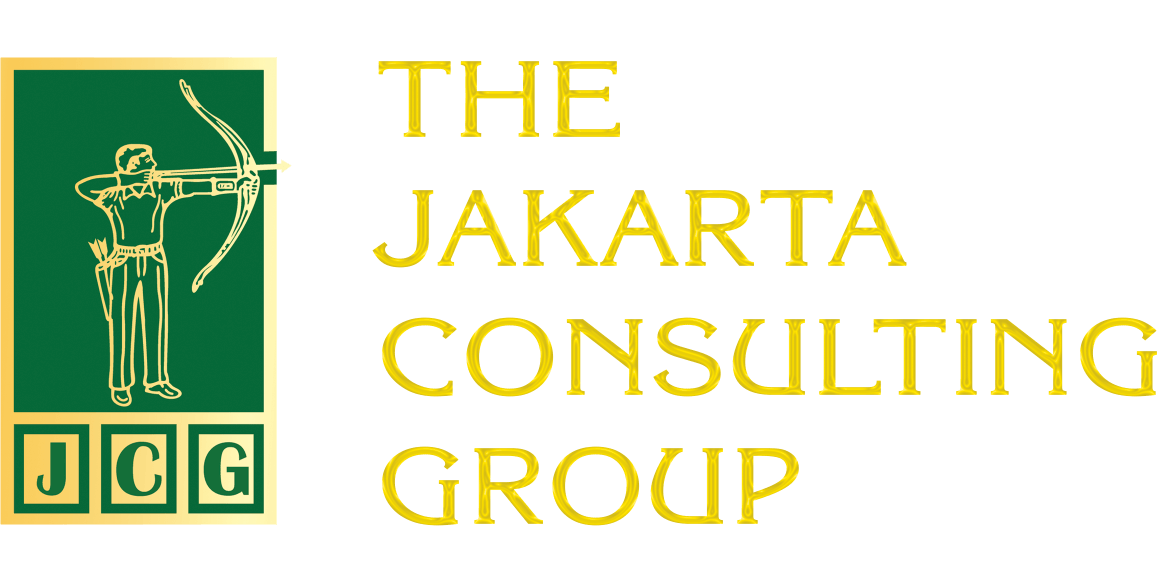Digital detoxification, or digital detox, is a need that is often overlooked in the modern era. Today, humans are hit by a wave of endless notifications and information, from emails, text messages, and social media. On the one hand, technological advances have made communication easier, faster, and limitless. All activities have become more effective and efficient. But on the other hand, the boundaries between professional and personal life have almost disappeared. As a result, many people are stressed, tired and exhausted, resulting in suboptimal work.
In the United States (US), a report entitled Stress in America published by the American Psychological Association reveals that 1 in 5 Americans view technology as a significant source of stress. This level of stress is increasing as the use of technology increases. This phenomenon also occurs in other parts of the world. Therefore, a digital detox is necessary.
Digital Detox in the Leadership Context
Digital detox is an attempt to deliberately stop using digital devices to reduce excessive screen use and increase offline activities. This digital detoxification effort has developed in response to the increasing use of technology that is almost out of control. According to an Asurion survey, someone checks their smartphone an average of 96 times per day, or once every ten minutes.
Digital detox does not only apply to ordinary people, but also to organizational leaders. As the most relied upon person in an organization, leaders must be available at all times. Not only that, leaders must also be responsive to current situations. This, of course, requires leaders to use multiple communication channels and technologies.
However, excessive digital involvement can have serious consequences, namely difficulty concentrating on complex tasks, reduced leadership quality due to high stress, affecting relationships with people outside of work (such as family), and lack of time for reflection and deep thought.
Why Digital Detox?

Forbes revealed research that states that limiting the use of social media can significantly reduce stress levels. Setting limits, such as disabling post notifications, limiting email checking to three times a day, as listed in the Computer in Human Behavior journal, and setting specific times for email correspondence, allows leaders to regain control of their digital domain.
Digital detox gives leaders the opportunity to recharge their energy and reinvest in their most important relationships. Research from the International Journal of Environmental Research and Public Health shows that disconnecting from social media for just one week can improve mental well-being and foster greater social connectedness.
Other benefits include increased empathy, greater responsiveness to the needs of others, the birth of creative ideas, and improved communication with followers or employees. Getting away from the screen gives leaders time to think freely, ideate, and solve problems without the pressure of constant digital noise.
How to Do a Digital Detox
Digital detoxification can begin by evaluating the leader’s habits regarding their relationship with the digital world. For example, by identifying the time in front of the screen every day; identifying the digital activities that take up the most time; and the extent to which digital activities impact the quality of one’s leadership.
Next, to save time and protect mental health, leaders can limit digital communication outside of working hours. Also, set a time and place free of technology, for example, when on vacation or when with family.
Overcoming the Challenges of Digital Detoxification

In this day and age, it is impossible to completely avoid using communication technology such as smartphones. What can be done is to use it strategically, for example, setting aside time to respond to incoming messages rather than responding immediately. Leaders can also encourage more face-to-face communication (if possible) instead of relying on virtual communication.
Leaders should do more offline activities. For example, exploring nature and exercising regularly. Reading books is also a useful activity. Pursuing hobbies also has a positive impact.
During digital detoxification, leaders can delegate their duties and responsibilities. Trust your team to handle tasks and make decisions. Empower them to be responsible. Cultivate a culture of accountability.
Digital detoxification is also a momentum to replenish energy and evaluate your leadership style, priorities, and goals. Thus, you can become a better leader.
In digital detoxification, leaders must set an example. Show your team the importance of digital detox by setting an example. Encourage them to take a break from their devices and prioritize face-to-face interaction.
Many leaders worry that digital detoxification will cause them to miss information, opportunities, and productivity. To overcome this, leaders can inform the digital detox plan of alternative ways to contact the leader in an emergency situation. Don’t forget to evaluate the digital detoxification program. The evaluation results are used to update the detoxification strategy.
#digital detox #detoksifikasi digital #pemimpin #komunikasi #stres
Related Posts:
The Rise of Fractional Leadership: Executives Who Work Part-Time for Multiple Organizations
Micromanaging vs Empowering: Leadership Styles that Transform Engagement into Empowerment
Buzzword Leader vs. Truly Engaged Leadership
The Need for Charismatic Leadership in Business Transformation?
How to Quickly Improve Successor Competence Through Effective On-the-Job Training











